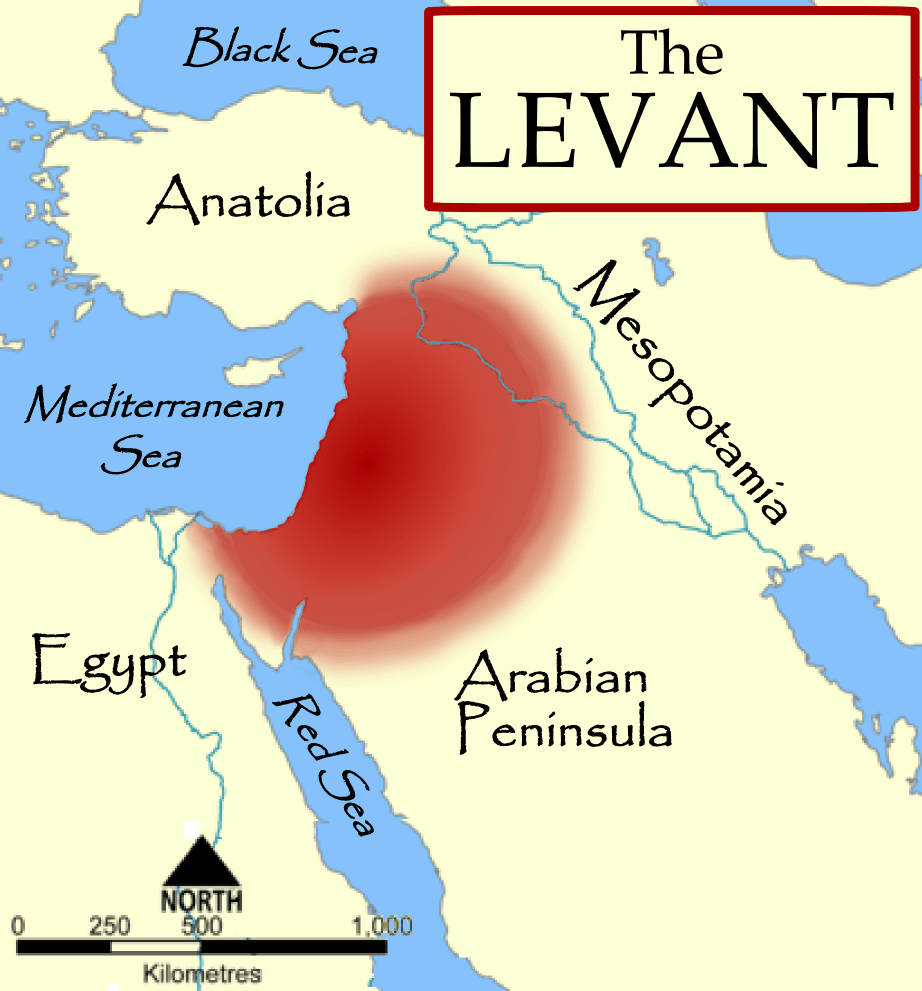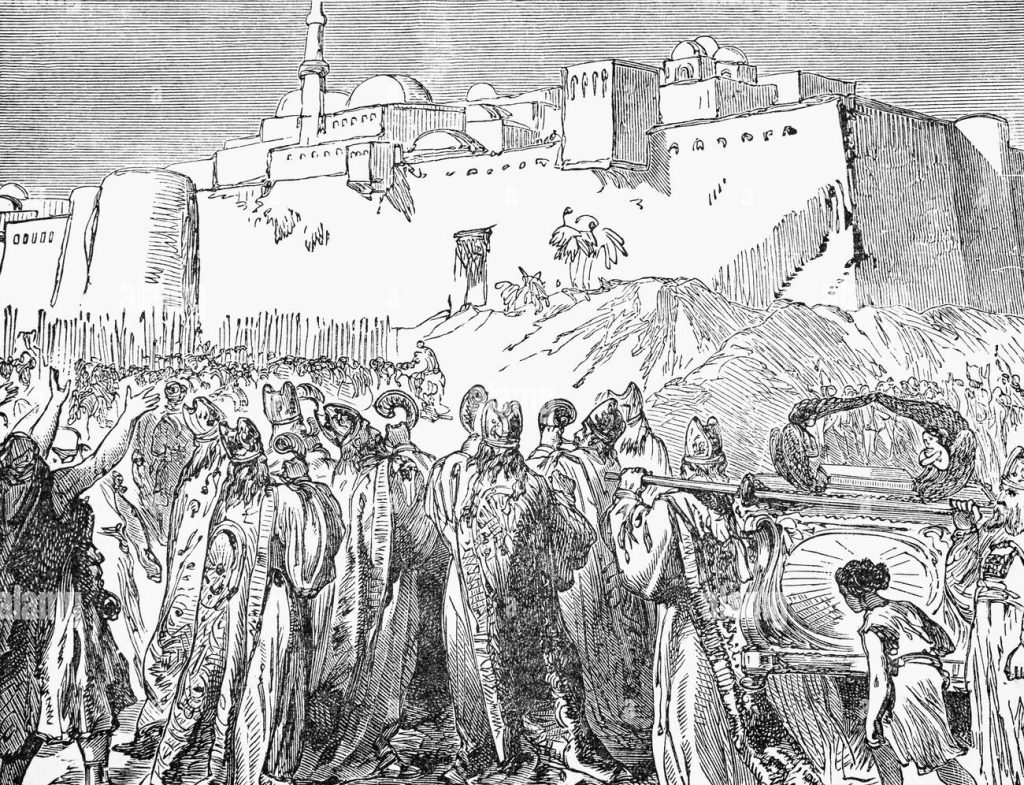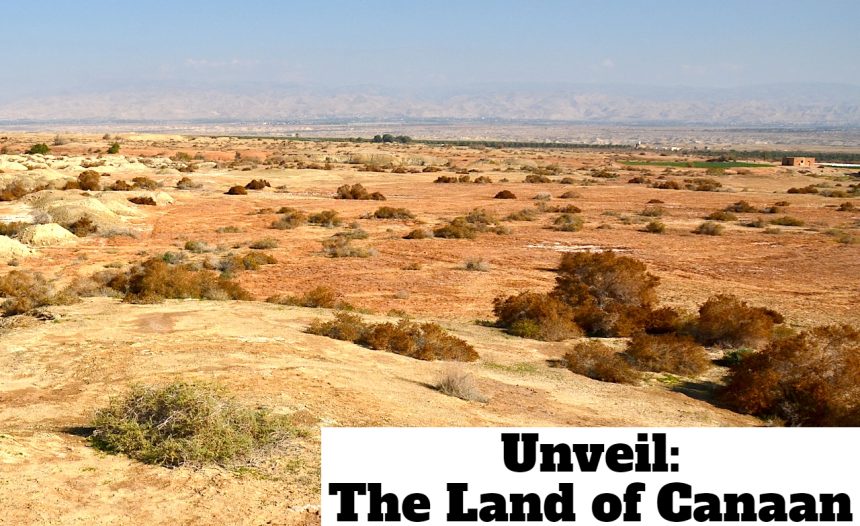Who were the Canaanites?
The Canaanites, an ancient people rooted in the Canaan region, have carved a lasting legacy in Levantine history. The Levant, a term submerged in both geography and history, denotes the lands bordering the eastern shores of the Mediterranean Sea. It includes present-day nations like Israel, Palestine, Jordan, Lebanon, Syria, and at times extends to sections of Cyprus and Turkey. This piece seeks to unravel their intriguing past, exploring their varied roots, initial appearances in historical archives, and their depiction in the Hebrew Bible.

The Diversity of the Canaan:
The Canaanites, far from being a uniform entity, they were a mixture of distinct ethnic groups. Ann Killebrew, an esteemed archaeology professor, emphasizes this diversity, highlighting burial customs and cultic structures during the Late Bronze Age (1550-1200 B.C.).
The earliest definite references to the Canaanites, branch from fragments of a letter discovered at Mari, an ancient city in modern-day Syria, dating back around 3,800 years. This letter sheds light on early conflicts in the region, mentioning “thieves and Canaanites” in the town of “Rahisum.”
- Advertisement -
A crucial source also emerges from an inscription found on a statue dedicated to King Idrimi, the ruler of the ancient city of “Alalakh” situated in what is now modern-day Turkey. What sets Idrimi’s account apart is his unique portrayal of his journey to the city of “Amiya” in Canaan. Unlike the prevailing narrative, Idrimi distinguishes the inhabitants not as a homogeneous group of Canaanites, but rather by their distinct individual origins. This perspective adds an intriguing layer to our understanding of the ancient world.
Insights from Administrative Records
Archaeological findings from ancient cities like Alalakh and Ugarit offer further validation for the usage of the term “the land of Canaan“. This term played a key role in distinguishing individuals or groups based on their precise city or regional affiliations.
The “Amarna letters” provide invaluable insights into the geopolitical landscape of Canaan during the reign of Pharaoh Akhenaten. These diplomatic correspondences demonstrate the existence of multiple kings in Canaan, revealing a lack of political unity. Additionally, the letters lights Egypt’s significant influence over Canaanite rulers, uncovering a complex web of alliances and power dynamics.

Canaan and its Inhabitants: in the Hebrew Bible
The Hebrew Bible highlights the Canaanites, portraying them as the initial inhabitants of the promised land. In Exodus 3:7, God offers reassurance to the Israelites as they set out on their journey from Egypt to a land abounding in blessings, often depicted as a place “flowing with milk and honey.” Within this area, diverse communities lived, among them the Canaanites. The biblical narrative unfolds the gradual rise of the Israelites in Canaan, concluding in the establishment of a powerful Israelite kingdom.
According to biblical tradition, Nephilim persisted both prior to and following the flood. Interpretations of their significance vary, with some asserting that the Nephilim played a pivotal role in the world before the Great Flood. Their presence in the Canaan region may have contributed to its renown as a land of extraordinary events and inhabitants. In the biblical accounts, the Nephilim emerge as mysterious figures noted in Genesis 6:4. They are described as the progeny of unions between celestial “sons of God” and mortal women, often depicted as beings of remarkable size and might. This mysterious group continues to captivate scholars and theologians, further enriching the intricate tapestry of ancient narratives in the Levant.
Scholar Debates:
Engaging in scholarly discussions, the historical authenticity of biblical accounts remains a fascinating topic. Certain scholars propose the occurrence of an exodus from Egypt, while others support for the idea of Israelites sharing with diverse Canaanite factions during the second millennium B.C. Additionally, linguistic likenesses between Hebrew and Phoenician suggest a profound relation between the Israelite community and the wider Canaanite civilization.
The Canaanites, an alliance of diverse ethnic groups, have engraved a permanent mark on Levantine history. Their enduring legacy manifests through unearthed artifacts and ancient writings, providing attractive sights into their once-thriving civilization. As researchers delve deeper into this mysterious age, the Canaanites serve as an intense testament to the intricate tapestry woven by ancient Near Eastern cultures and societies.


